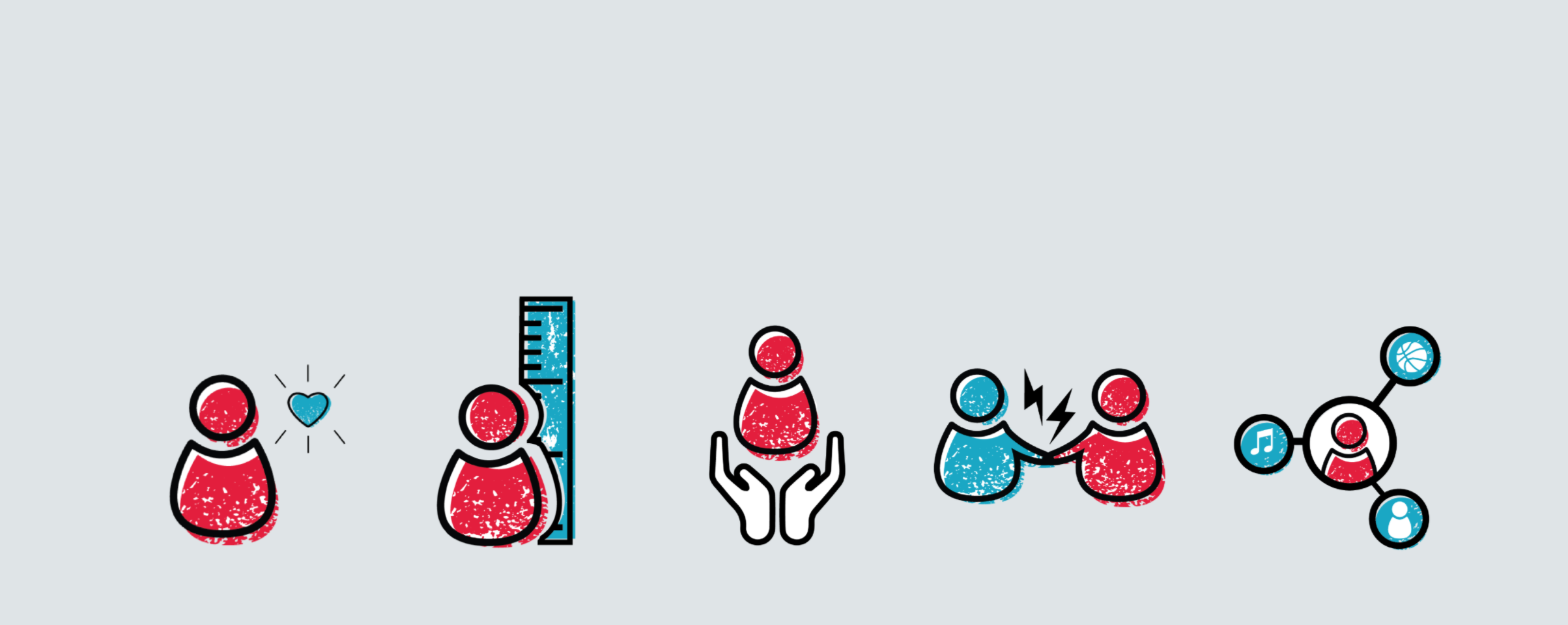Toolkit /
Apr 7, 2020
Reframing Developmental Relationships
Reframing Developmental Relationships
A Communications Toolkit
This toolkit is a resource for bringing strategic goals to life in your messaging and communications about developmental relationships.

